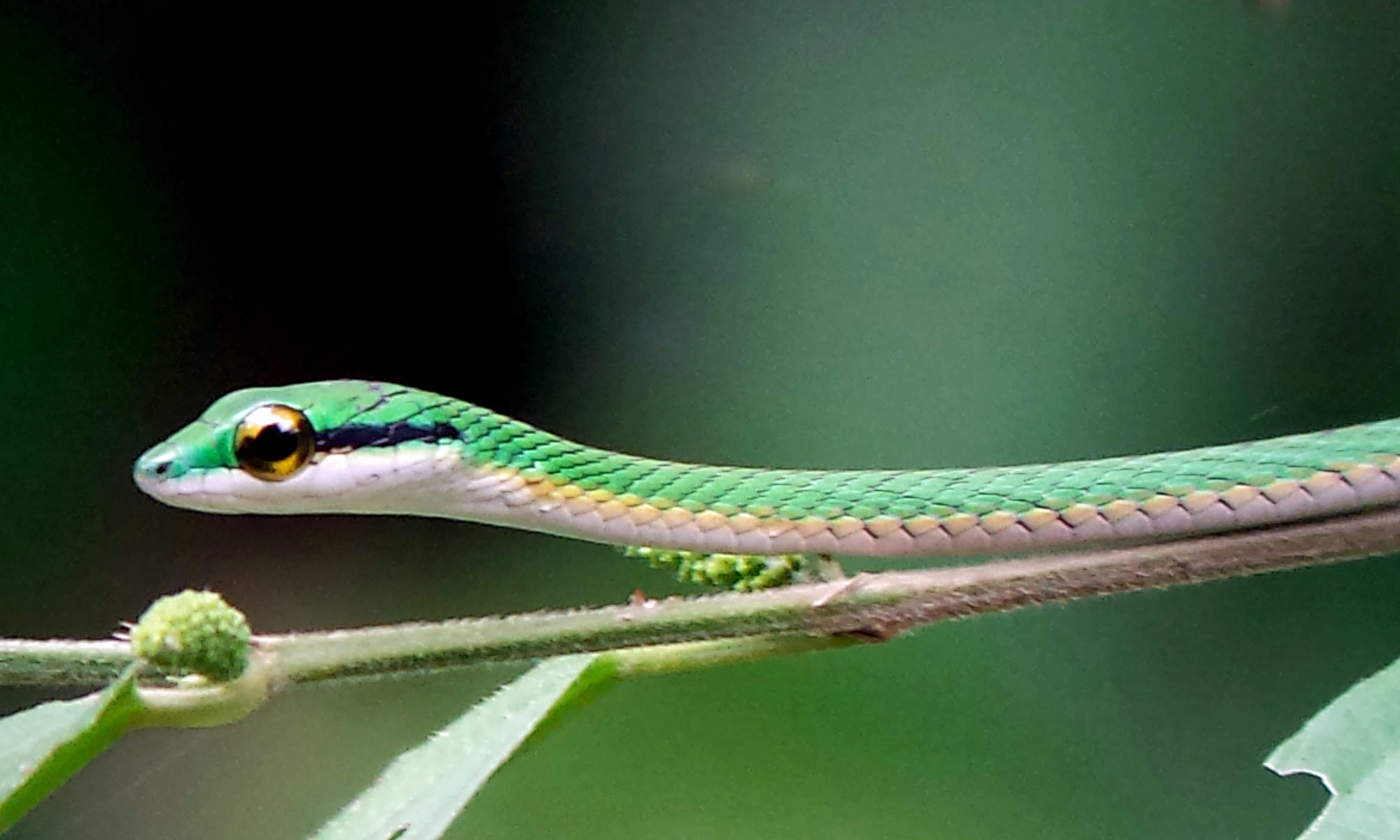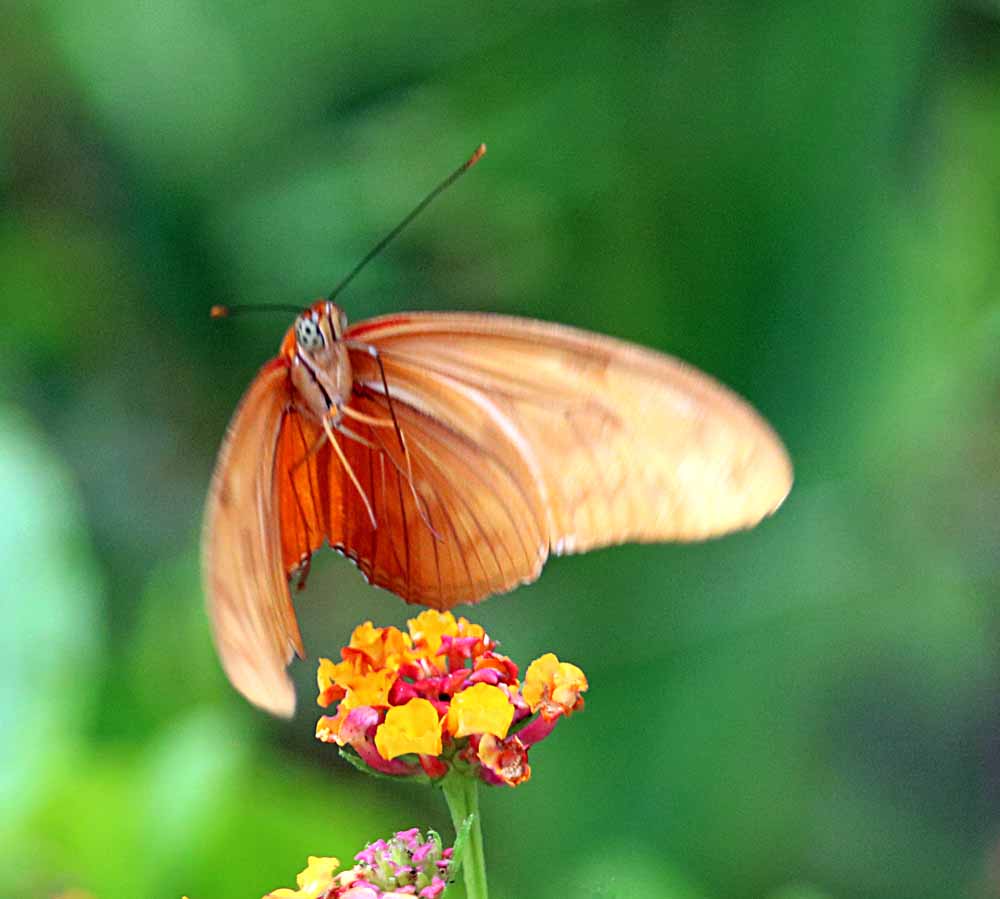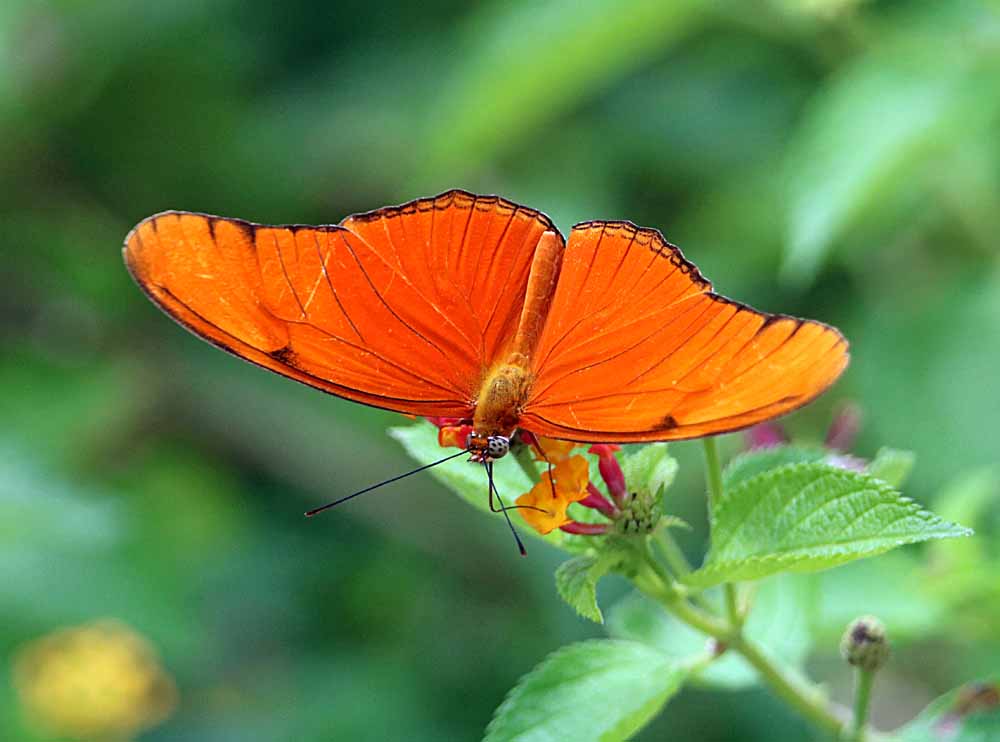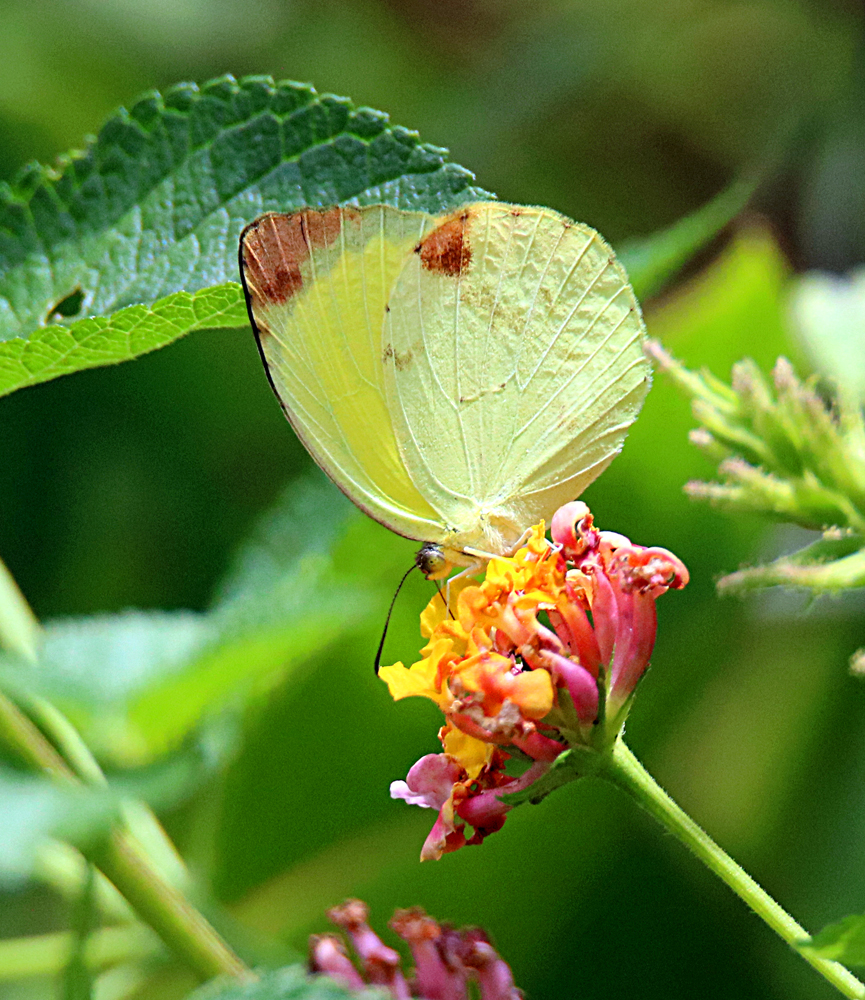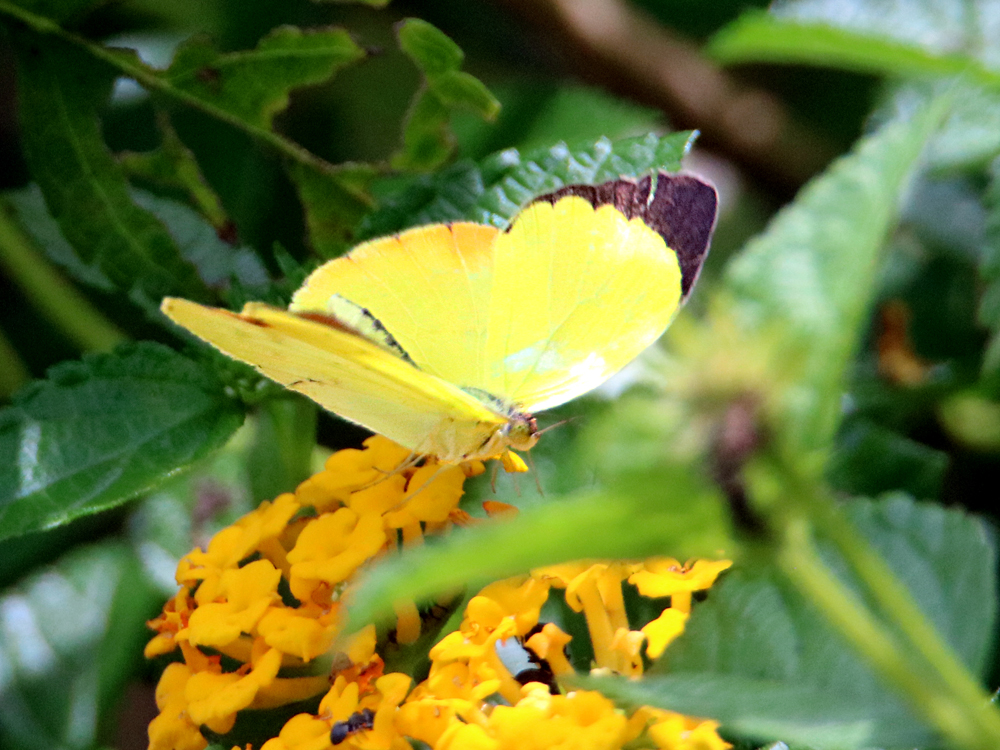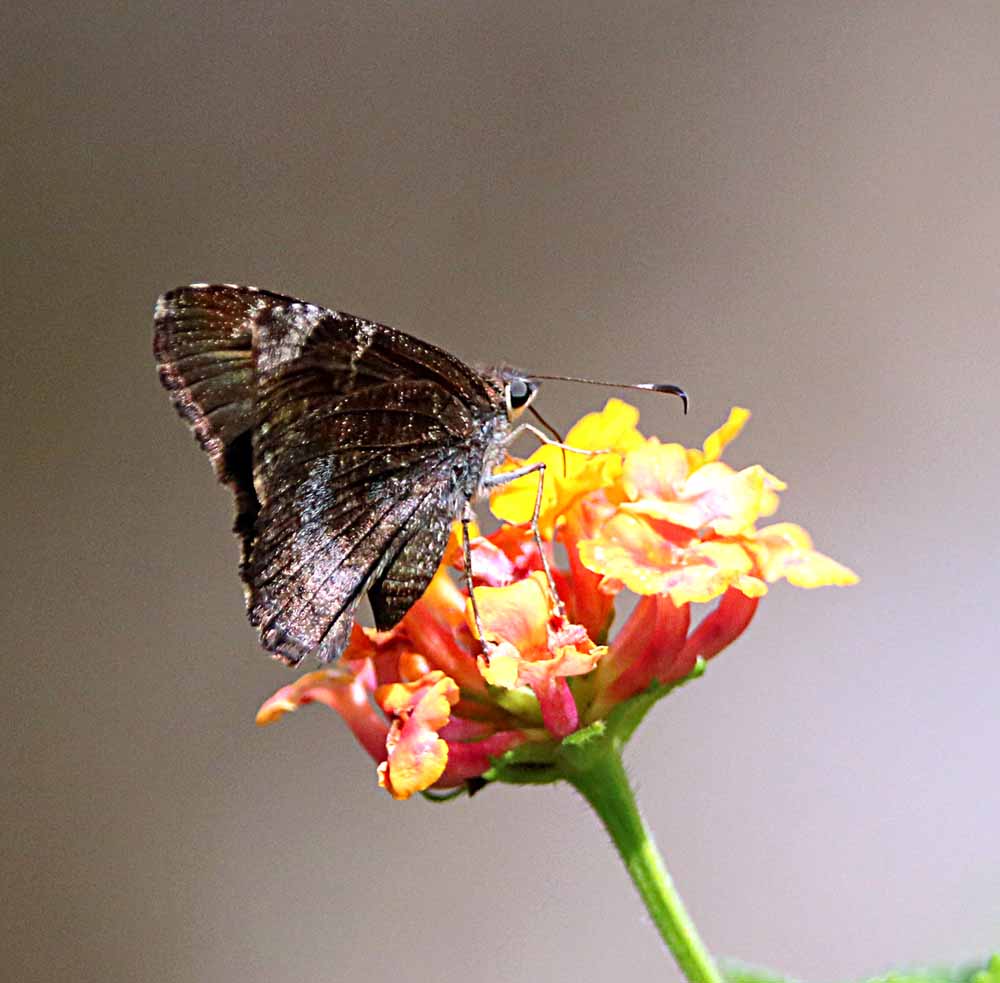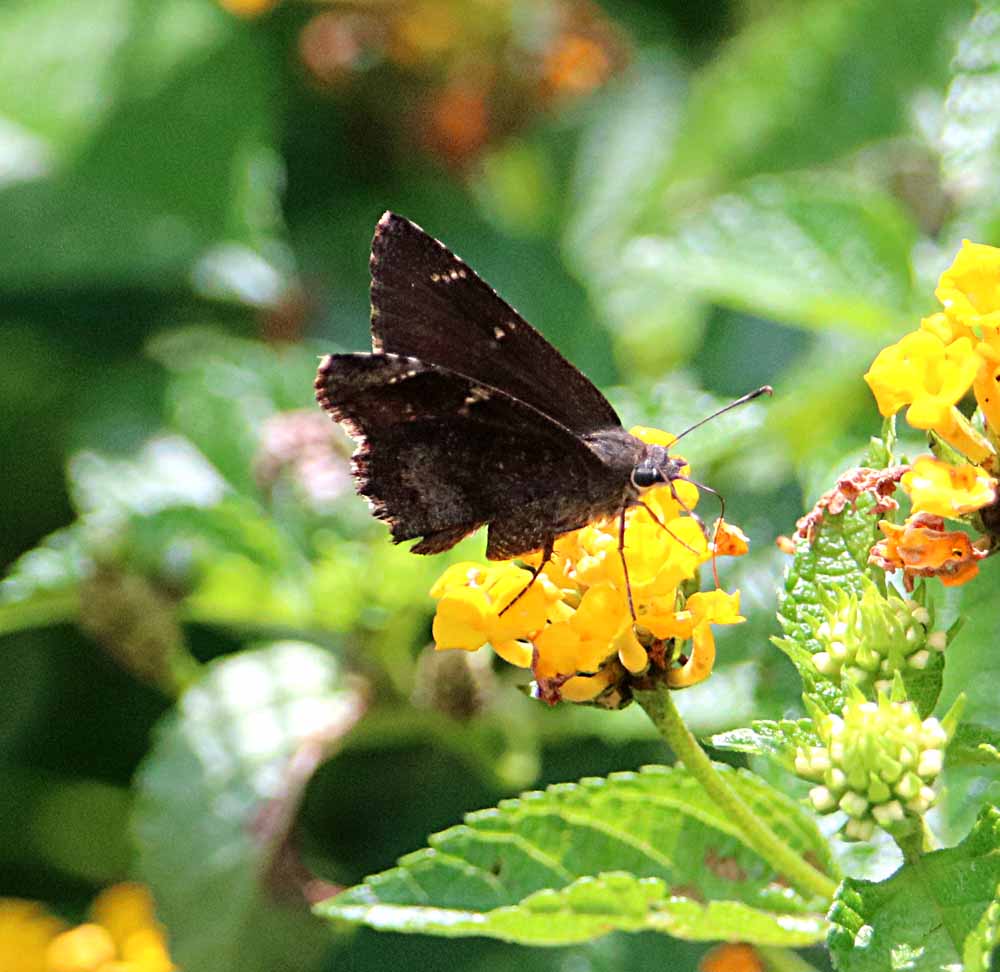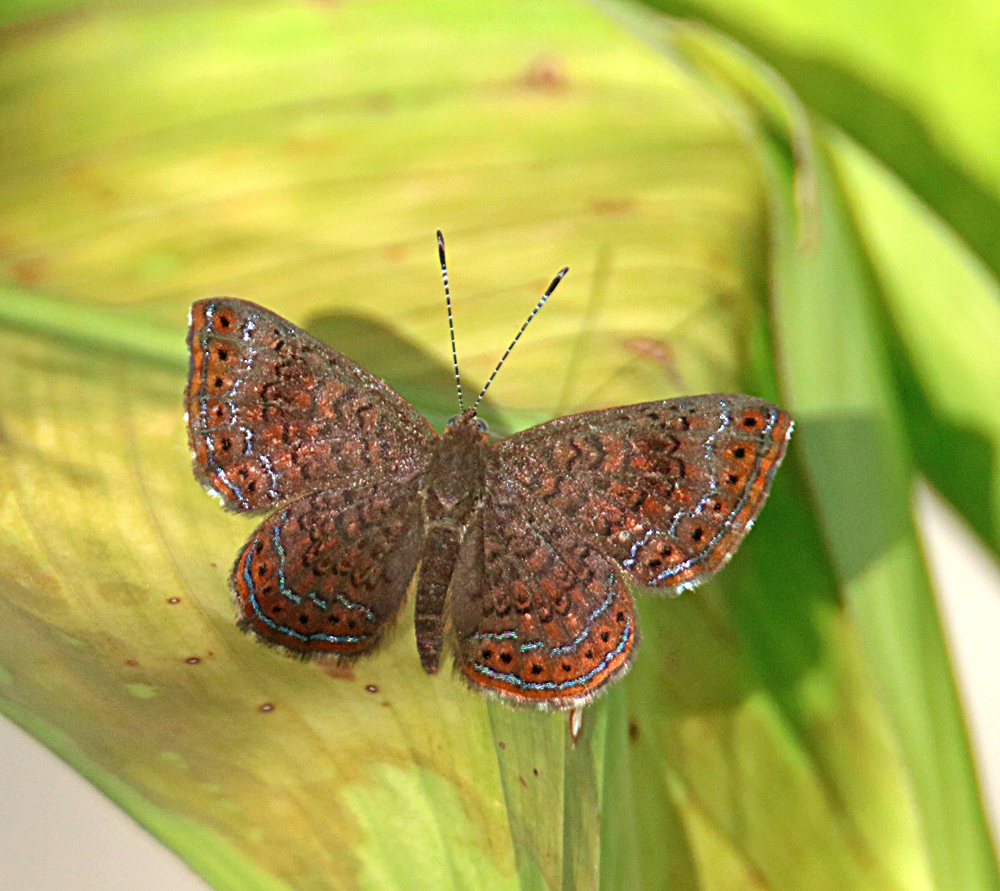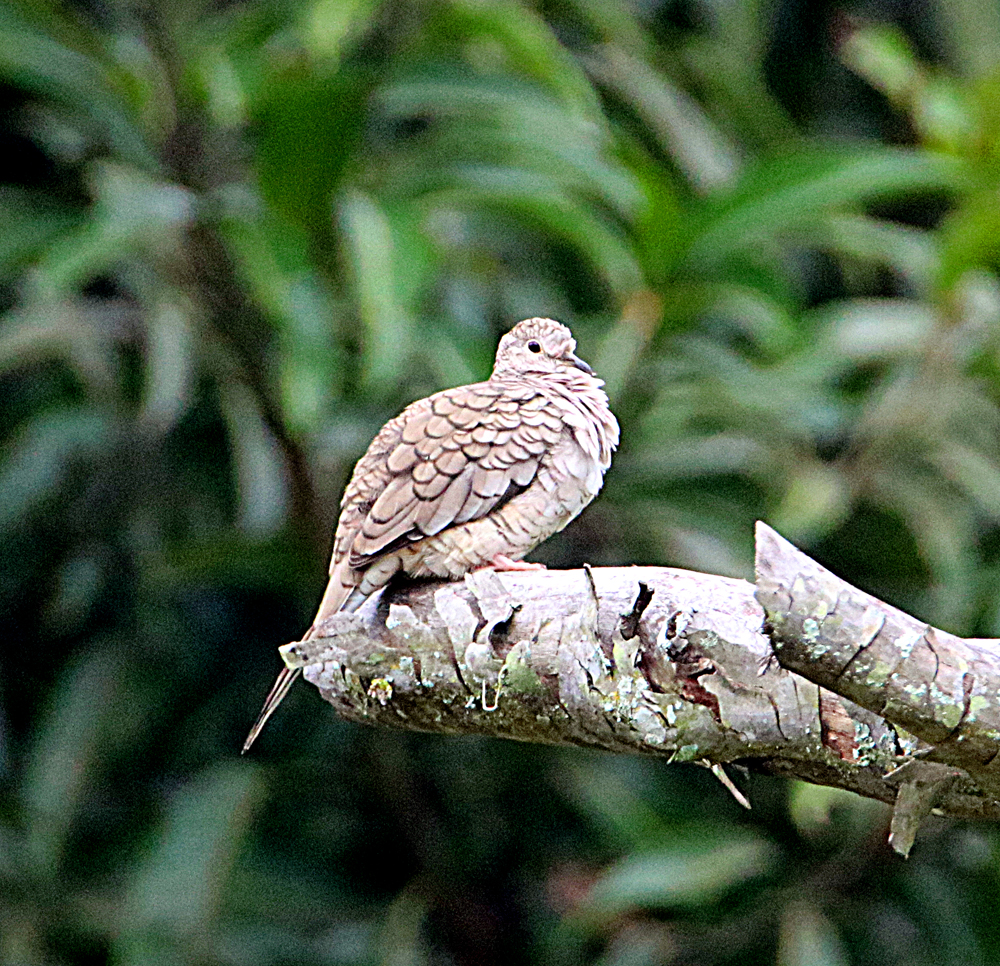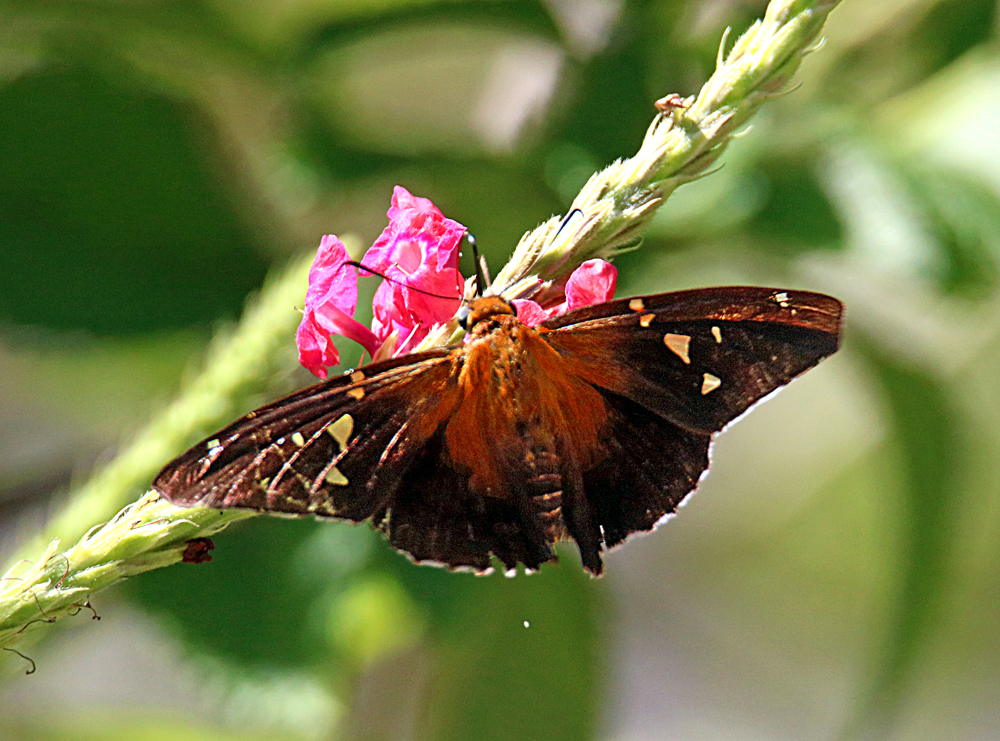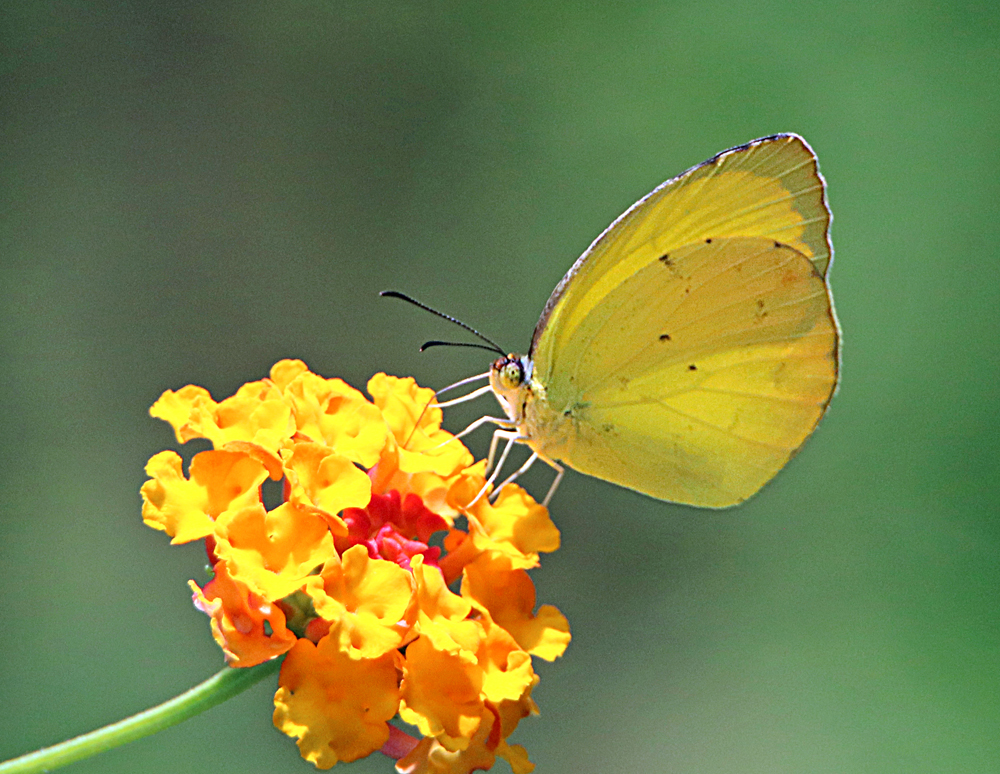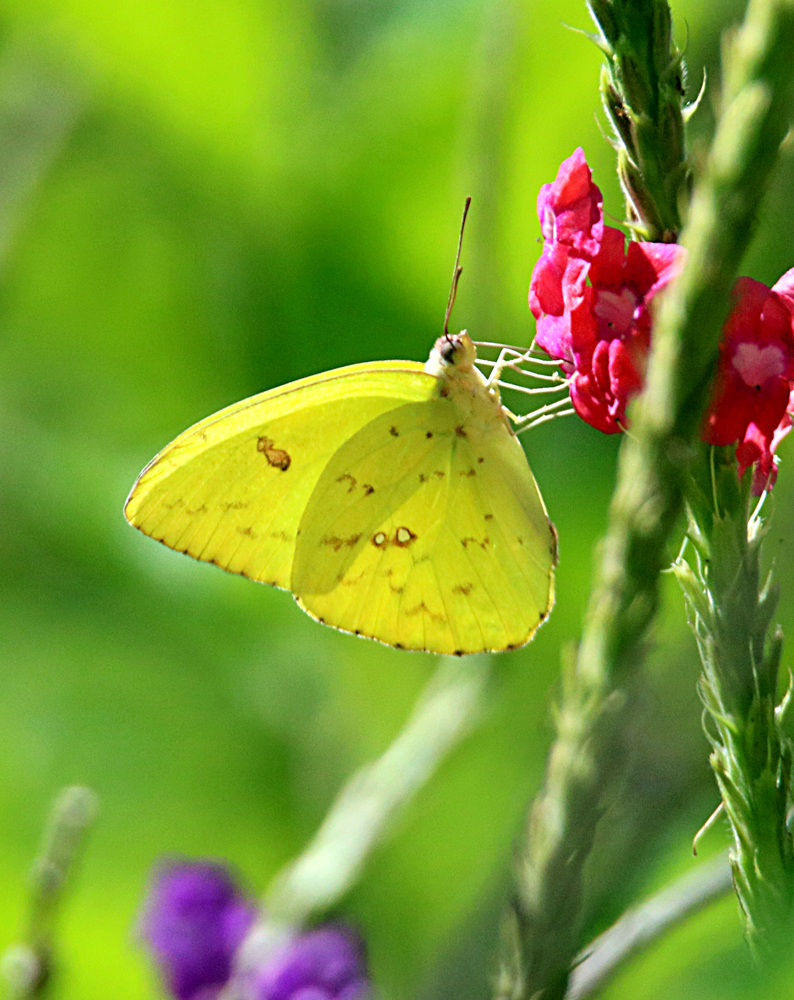The Western Wood-Pewee – Contopus sordidulus (my gallery link) is not seen very often, but more so than the Eastern or Northern Tropical Wood-Pewee and is found in all parts of Costa Rica while the other two or mostly in the lowlands along both coasts. Plus it is usually “taller” or longer than the other two and in this case the iNaturalist AI labeled it “Western” which matched my presumed ID and it matches my previous Western photos better than my photos of the other two, so I’m pretty confident of this identification, even though Merlin (the eBird AI) said that it was unable to identify. This one landed in the dead tree behind my house on the hill and was there less than 30 seconds, so I got few photos and sharing only this one . . .
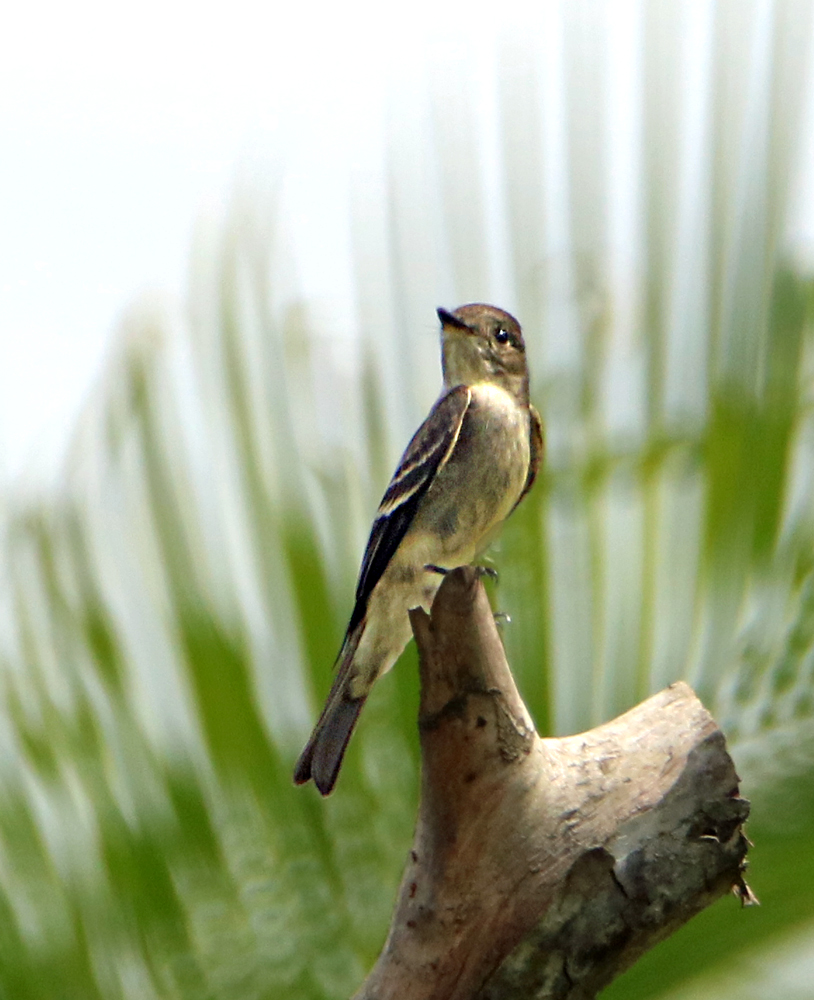
¡Pura Vida!
